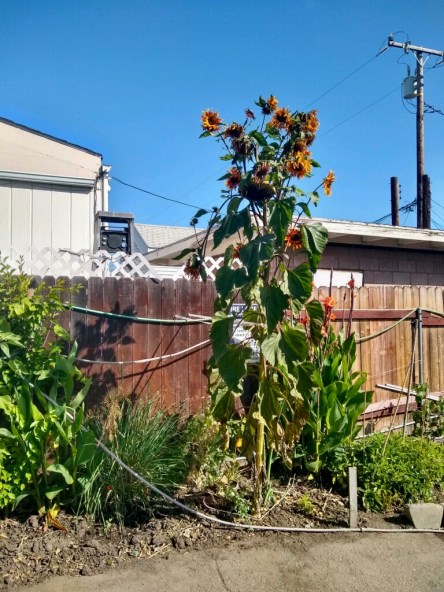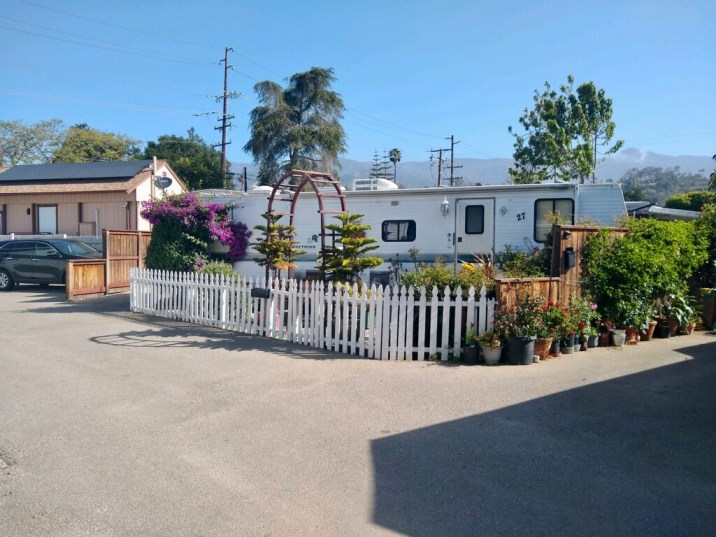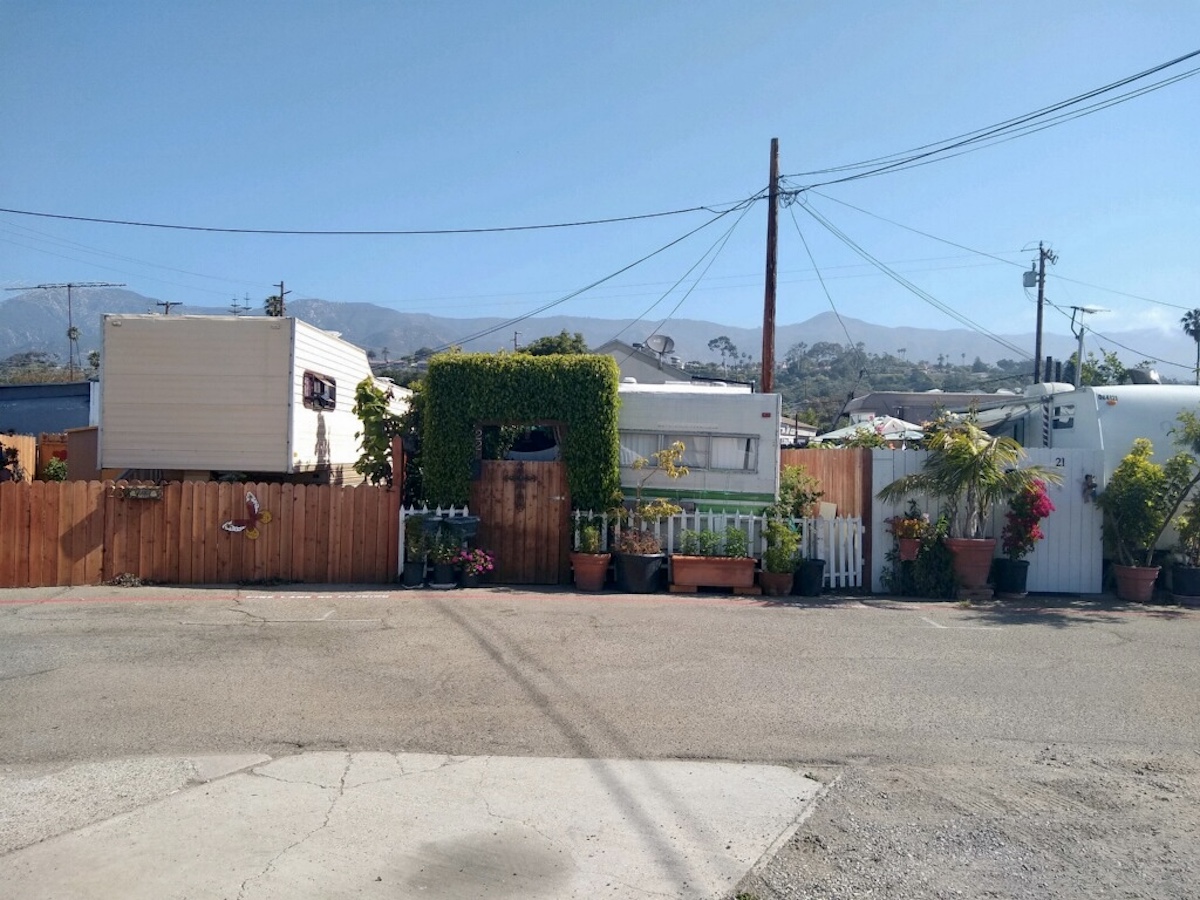“Finally, there’s some good news,” exhaled a much-relieved Rob Fredericks, one of the South Coast’s major players when it comes to managing and building genuinely affordable housing. Fredericks had just put the finishing touches on a complicated deal that will keep the 42-unit Green Mobile Home Park, located on Punta Gorda Street on Santa Barbara’s Eastside, out of foreclosure.

Had the deal not gone through, about 42 families — including seniors and low-income working families — could have easily found themselves evicted and their park sold at auction to a private developer at the courthouse steps. Had that occurred, a modest but very significant reservoir of truly affordable housing — rents are currently just $580 a month — would have evaporated into the mists of the Santa Barbara housing market.
Based on the deal struck by Fredericks, executive director of the Santa Barbara City Housing Authority, the park will remain affordable to low-income renters for at least the next 90 years — and maybe longer — no matter who might own the land down the road.
Although the park location is less than ideal — basking in the shadow of the freeway sound wall — the park itself exudes the inviting charm created by people who’ve learned to live in tight spaces. Cornstalks and sunflowers sprout up along a meandering warren of narrow roads populated with coaches of various widths and vintages. Pick-up trucks large and small are parked out front, and the 1.6-acre lot is broken up with painted trellises and picket fences. It’s sweet but snug. Residents there joke about confusing the nighttime thrum of the freeway with the ocean’s roar. Coaches there range in value from $15,000 to $60,000, Fredericks noted; with Santa Barbara’s median sale price for homes this May hovering at $2.2 million, the park offers one of the rare opportunities for homeownership for working families.
The deal came to Fredericks’s attention late last September when someone from the California Department of Housing and Community Development called and said they planned to initiate foreclosure proceedings against the park. “The state called us and asked if there was anything we could do to save the park,” he said.
Sign up for Indy Today to receive fresh news from Independent.com, in your inbox, every morning.
The park, it turns out, had more than $1.71 million in unpaid debt to the state for its share of a multi-property bond measure that dated back 30 years. That bond measure was part of an inventive scheme concocted by the Community Housing Corporation (CHC) to turn the ownership of the park over to its coach owners as an experiment in low-rent self-governance. For a host of reasons, that structure didn’t take, bills didn’t get paid, and CHC got stuck holding the management bag. On top of that, the park owes the City of Santa Barbara $75,000.

For all its amiable charm, the Green Mobile Home Park has endured significant deferred maintenance over the years. The interior road needs to be repaved, Fredericks said. New water, gas, and sewer pipes need to be installed. All that — and the absorption of existing debt — will cost more money than the current cash flow can sustain. Over time, Fredericks said, rents will have to inch up to $780 a month, but that will be phased in over time. The park tenancy will be restricted to those falling within the low-income spectrum, and rents will be no higher than 30 percent of anyone’s income.
As part of the deal, Fredericks said the Housing Authority renegotiated the terms of the debt owed. Interest rates have been dropped from 7.5 percent to 3 percent; the amount of time allowed for the debt to be paid off has been stretched out. He insisted that a covenant be included defining the park as affordable housing offer. “It runs with the land. For 90 years. If we ever sold — and we never will — the new owners would be bound by the same requirement. And for another 90 years.”
For the deal to go through, Fredericks said he needed buy-in from the state, City Hall, CHC, and the tenants themselves. The latter ratified the deal by vote; only three or four voted against it. Fredericks acknowledged pockets of initial apprehension. “Some people said, ‘Oh, you’re going to tell us what to do,’” he said. Fredericks said he hosted a Zoom meeting with the residents and vowed there will be more outreach in the months ahead. Maybe a meet-and-greet barbecue.
The hardest part, Fredericks said, was dealing with the hugeness of the state bureaucracy. “We were dealing with an agency that has 1,000 employees,” he exclaimed. “Everyone we dealt with was great. They were the ones who called us. But it was hard to get through to the decision-makers.”
In the meantime, Fredericks said, the Housing Authority and its limited liability company have a lot of work to do. But for now, the deal has been signed on the dotted line, and Fredericks, who often wears a worried expression, can allow himself the brief luxury of a relieved smile.

Support the Santa Barbara Independent through a long-term or a single contribution.





You must be logged in to post a comment.